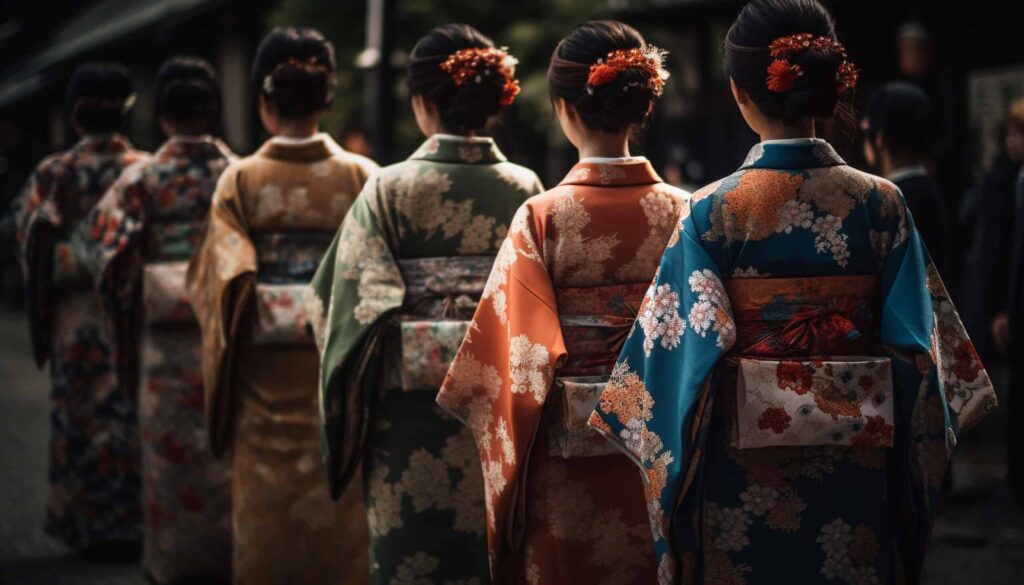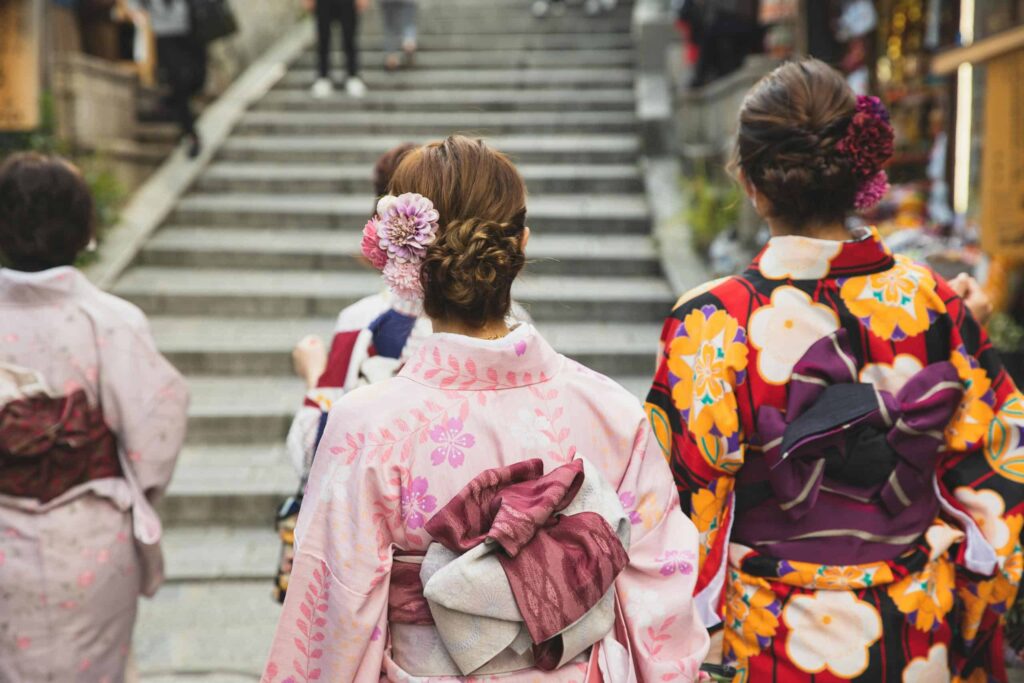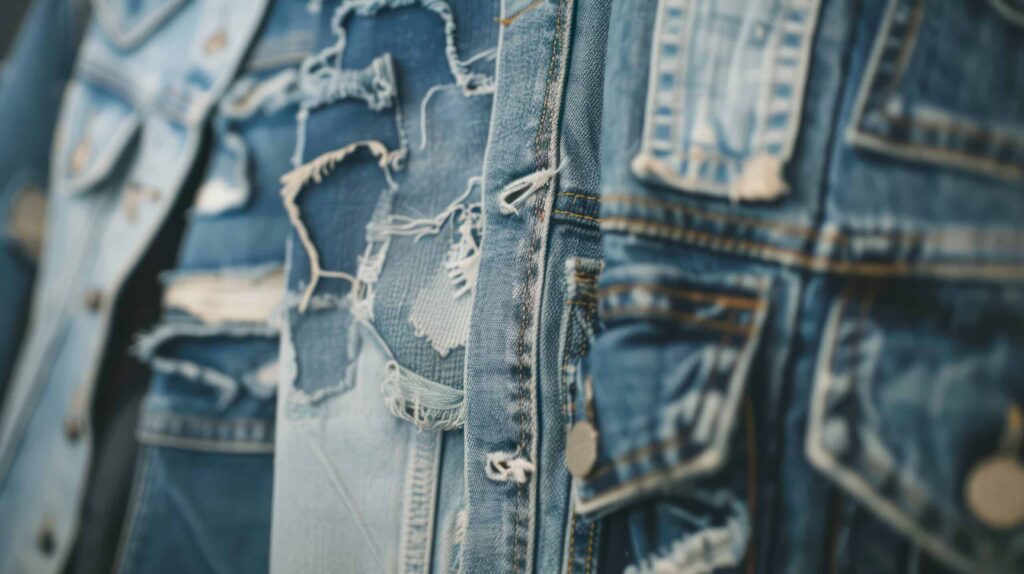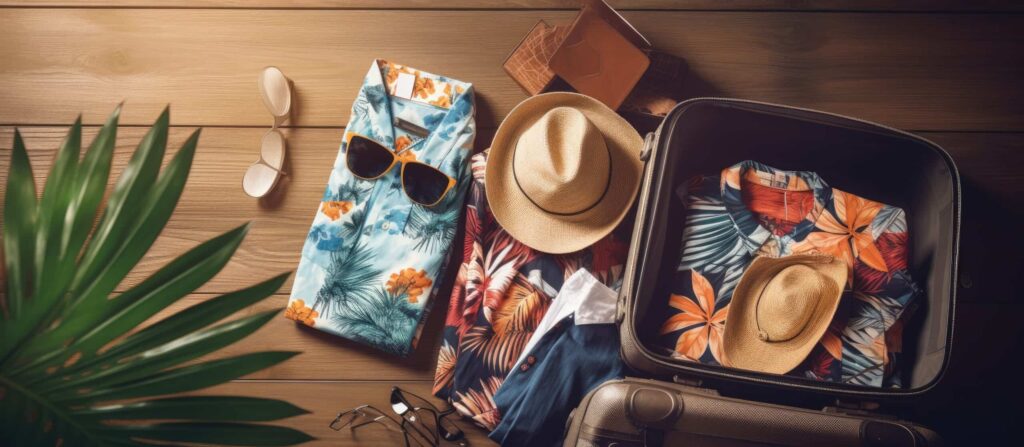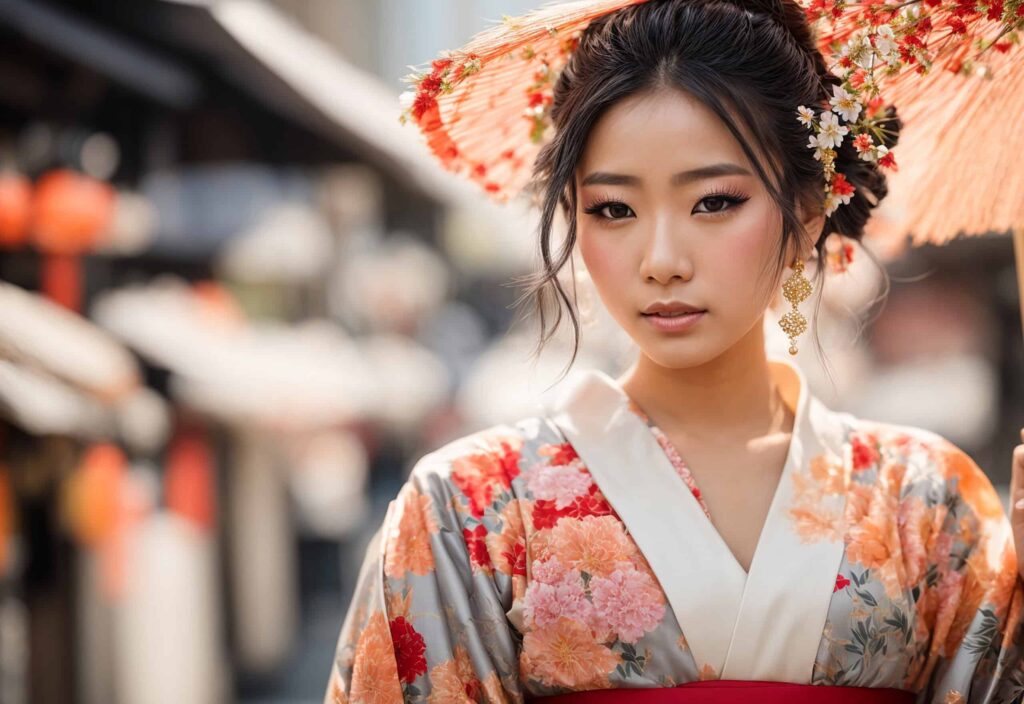Did you know that Japan is a fashion powerhouse, setting trends globally? When planning your trip to this vibrant country, knowing what clothes to wear in Japan at different times and seasons can enhance your experience, help you blend in seamlessly with the stylish locals, and create a capsule wardrobe. From traditional attire like kimonos to modern streetwear, Japan offers a diverse sartorial landscape that caters to various tastes and preferences. Whether you’re exploring bustling cities or serene temples, wearing appropriate clothes adds an extra layer of respect for the culture and traditions of this enchanting destination.
Key Takeaways
- Understand Japanese Dress Codes: Familiarize yourself with the dress codes in Japan to ensure you dress appropriately for different settings.
- Follow Seasonal Clothing Guide: Adhere to seasonal attire norms to blend in with the locals and stay comfortable throughout your visit.
- Adhere to Top 3 Rules: Embrace simplicity, modesty, and cleanliness when selecting your outfits to align with Japanese dressing customs.
- Avoid Fashion Faux Pas: Steer clear of wearing flashy or revealing clothing, as well as excessive accessories, to respect local cultural norms.
- Choose Footwear Wisely: Opt for comfortable and easy-to-remove shoes to navigate traditional spaces and adhere to indoor customs like removing shoes.
- Respect Local Fashion Trends: Appreciate and wear clothes that incorporate elements of Japanese fashion trends for a stylish and culturally respectful appearance.
Understanding Japanese Dress Codes
Onsen Etiquette
When visiting onsen in Japan, it’s crucial to adhere to specific dress codes and etiquette by wearing appropriate clothes. Before entering the hot springs, guests must remove all clothing and wash thoroughly. Failure to follow these guidelines can be seen as disrespectful.
Traditional vs. Modern Attire
In Japan, there is a clear distinction between traditional and modern clothes that people wear. Traditional clothing such as kimono and yukata are often worn during special occasions or festivals. On the other hand, modern clothing like suits and dresses are preferred for formal events or business settings.
Personal Presentation Importance
Personal presentation holds significant importance in Japanese culture. Dressing appropriately shows respect for others and the occasion. It reflects one’s attention to detail and adherence to societal norms, emphasizing harmony within the community.
Fashion Freedom in Japan
Contrary to strict dress codes in some cultures, Japan offers a unique blend of tradition and modernity, allowing individuals to express themselves freely through fashion choices. People can experiment with various styles, colors, and accessories without fear of judgment.
Seasonal Clothing Guide
Layering Essentials
Layering is essential in Japan due to its distinct seasons. For spring, opt for light clothing like t-shirts and jackets. During summer, prioritize breathable fabrics such as cotton to combat the high temperatures. In contrast, winter demands warm layers like wool sweaters and coats.
Capsule Wardrobe Benefits
Creating a capsule wardrobe is advantageous in Japan’s varied climate. Stock up on versatile pieces like neutral-colored tops and bottoms, allowing you to mix and match effortlessly based on the changing weather. This approach ensures you are prepared for any unexpected shifts in temperature.
Dressing for Comfort
When preparing your wardrobe, consider the average temperatures each month. For instance, Tokyo experiences an average of 82°F (28°C) in August, requiring lightweight and breathable attire. In January, the temperature drops to around 41°F (5°C), necessitating warmer garments like scarves and gloves.
Dressing for Different Occasions
Temple Visits
When exploring temples and shrines in Japan, opt for conservative attire to show respect. Avoid wearing revealing clothing like shorts or low-cut tops.
Day Trips
For day trips, choose comfortable outfits suitable for walking long distances. Consider wearing breathable fabrics and comfortable shoes.
Cultural Norms
Understanding the cultural norms is crucial when it comes to dressing in Japan. Respect the local customs by covering your shoulders and avoiding showing cleavage.
Layering for Weather Changes
Given the temperature differences throughout the day, layering is key. Pack items that can be easily added or removed based on the weather.
Sleeves and Cleavage
Sleeveless tops are generally accepted but avoid showing too much cleavage in public places. Opt for modest clothing choices to blend in seamlessly.
In Japan, your wardrobe choices play a significant role in how you are perceived by locals. It’s essential to dress appropriately for various occasions such as temple visits and day trips. By respecting the dress code standards and adhering to cultural norms, you not only show respect but also immerse yourself more deeply into the Japanese way of life. Remember, when in doubt, choose modesty over boldness to ensure a seamless experience during your time in Japan.
Top 3 Rules for Dressing in Japan
Dress Modestly
Avoid revealing too much skin, such as showing cleavage, to adhere to Japanese cultural norms.
Respect the local customs by opting for conservative attire in public spaces.
Embrace Simplicity
Choose simple and clean outfits over flashy or bold styles when dressing in Japan.
Opt for neutral colors and avoid overly intricate patterns to blend in seamlessly.
Mind Your Shoes
Remove your shoes before entering traditional Japanese establishments like homes and temples.
Wear clean socks without any holes to maintain hygiene standards.
What to Avoid Wearing
Denim Jeans
Denim jeans are commonly worn in many Western countries, but in Japan, they are often associated with a more casual or rugged look. Avoid wearing denim jeans if you want to blend in with the locals and adhere to Japanese fashion norms. Opt for more formal or tailored pants instead.
Flashy or Revealing Clothing
In Japan, modesty is highly valued, and wearing flashy or revealing clothing can attract unwanted attention. Avoid wearing clothing that is too revealing or brightly colored, as it may be seen as disrespectful or inappropriate. Choose outfits that are more conservative and understated to show respect for local customs.
Offensive Graphics or Logos
When deciding what to wear in Japan, it’s essential to avoid clothing with offensive graphics or logos. Steer clear of items that feature controversial slogans, symbols, or images, as they can be misinterpreted and cause discomfort among the locals. Opt for neutral and non-offensive designs to avoid cultural misunderstandings.
Overly Casual Attire
While comfort is important, overly casual attire such as sweatpants and hoodies may not be suitable for certain settings in Japan. Avoid dressing too casually, especially when visiting formal places like temples, traditional restaurants, or business meetings. Opt for smart casual outfits that are neat and well-presented.
Inappropriate Footwear
Choosing the right footwear is crucial when considering what to wear in Japan. Avoid wearing shoes that are too casual or worn out, such as flip-flops or sneakers in poor condition. Opt for clean and appropriate footwear, like comfortable walking shoes or dress shoes depending on the occasion.
Choosing the Right Footwear
Socks
When visiting Japan, wearing socks is crucial due to the custom of removing shoes before entering homes, traditional inns, and even some restaurants. It’s a sign of respect and cleanliness.
Opt for socks that are comfortable and easy to slip on and off to adhere to the practice of frequent shoe removal. This simple gesture shows your understanding and appreciation of Japanese customs.
Options
Consider various footwear options such as sneakers, loafers, or sandals that are convenient to take off quickly. Slip-on shoes are ideal for hassle-free transitions when entering buildings.
For a more formal setting, closed-toe shoes are preferred. However, ensure they are easy to remove as you may need to do so frequently during your visit.
Good Idea
It’s a good idea to invest in quality footwear with sturdy soles for walking around Japan’s diverse terrain comfortably. Comfortable shoes will enable you to explore the country without discomfort or blisters.
To avoid fatigue during long days of sightseeing, prioritize comfort over fashion when selecting your footwear. Your feet will thank you at the end of each day!
Thing
One thing to note is that wearing socks with sandals is acceptable in Japan, contrary to Western fashion norms. This practice is common and even considered polite when done correctly.
If opting for this style combination, choose low-cut or no-show socks that remain hidden beneath your sandals. This ensures a neat appearance while respecting local customs.
Reason
The reason behind wearing socks with sandals in Japan stems from hygiene practices and the desire to keep feet clean. By covering your feet with socks, you maintain cleanliness while allowing them to breathe comfortably.
This unique fashion choice showcases adaptability and cultural awareness, reflecting positively on your overall travel experience in Japan.
Accessories and Etiquette
Accessories
When visiting Japan, accessories play a crucial role in completing your outfit. Opt for simple yet elegant pieces to complement the minimalist Japanese fashion aesthetic. Consider wearing a pair of statement earrings or a delicate bracelet to add a touch of sophistication to your look.
To protect yourself from the sun during your temple visits, don’t forget to bring a stylish hat or a fashionable pair of sunglasses. These accessories not only serve a practical purpose but also elevate your overall style quotient.
Etiquette
In Japanese culture, adhering to accessory etiquette is essential. Avoid wearing flashy or oversized accessories as they may be considered disrespectful, especially when visiting traditional sites like shrines and temples. Instead, opt for understated pieces that reflect simplicity and elegance.
When it comes to wearing perfume in Japan, remember that less is more. Choose a subtle fragrance that won’t overpower the senses of those around you. This demonstrates respect for others’ personal space and aligns with the Japanese value of modesty.
Personal Presentation
Enhancing your overall personal presentation in Japan involves paying attention to detail when selecting accessories. A well-chosen piece can serve as a conversation starter and offer insight into your personality and tastes. By incorporating culturally appropriate accessories into your outfit, you show respect for local customs and traditions.
When packing for your trip to Japan, consider versatile accessories that can be mixed and matched with different outfits. This approach allows you to create various looks while keeping your luggage light and manageable. Remember, simplicity and elegance are key when it comes to accessorizing in Japan.
Observing Local Fashion Trends
Embracing Skirts
Skirts are a popular choice among locals and visitors in Japan, offering a versatile option for various occasions. Whether you go sightseeing or attend traditional events, opting for skirts can help you blend in effortlessly.
Adapting to Seasonal Changes
In Japan, the temperature can vary significantly throughout the year, from scorching summers to chilly winters. Understanding these fluctuations is crucial when selecting your outfits. For instance, during the cherry blossom season, light and pastel colors are favored.
Staying Stylish in the Heat
The heat and humidity in Japan during summer can be intense. To combat this, consider wearing breathable fabrics like cotton or linen. Incorporating accessories such as hats and sunglasses not only adds flair to your outfit but also protects you from the sun.
Enhancing Your Style with Friends
Exploring local fashion trends with friends can be an exciting way to immerse yourself in Japanese culture. You may even discover new brands or styles that resonate with you, enhancing your overall fashion sense.
Year-Round Fashion Inspiration
Japan is known for its diverse fashion scene that evolves constantly. By keeping an eye on the latest trends, you can stay ahead of the curve and infuse fresh elements into your wardrobe. Whether you love streetwear or traditional attire, there’s something for everyone in this fashion-forward country.
Closing Thoughts
In Japan, dressing appropriately is a blend of respect for the culture and personal style. By understanding the dress codes, seasonal variations, and key rules, you can navigate Japanese fashion effortlessly. Remember to avoid certain clothing items, choose suitable footwear, and pay attention to accessories and etiquette to truly embrace the local trends.
Now that you’re equipped with this knowledge, go ahead and pack your bags confidently for your next trip to Japan. Show off your understanding of Japanese fashion, impress the locals with your attire, and immerse yourself fully in the vibrant fashion scene of this beautiful country. Safe travels and enjoy every moment of your stylish adventure!
Frequently Asked Questions
What are the key dress codes to keep in mind when visiting Japan?
When in Japan, it’s essential to follow the dress codes. Opt for modest and conservative attire, avoid flashy or revealing clothing, and remove shoes before entering homes or traditional establishments.
What should I wear during different seasons in Japan?
In spring, go for layers and light jackets. Summer calls for breathable fabrics like cotton. Fall is perfect for light sweaters, while winter requires warm coats and accessories.
How can I dress appropriately for various occasions in Japan?
For formal events, choose elegant outfits like suits or dresses. Casual outings allow for smart-casual attire. Remember to remove hats indoors as a sign of respect.
What are the top three rules for dressing in Japan?
Firstly, opt for modest clothing. Secondly, avoid flashy logos or excessive accessories. Lastly, ensure your clothes are clean and well-maintained to show respect for the local culture.
Are there any specific clothes, skirts, or jeans I should avoid wearing in Japan?
Avoid wearing overly revealing or tight clothing. Steer clear of loud patterns or logos that may be considered disrespectful. Refrain from wearing shoes indoors.
How important is choosing the right footwear when visiting Japan?
Selecting appropriate footwear is crucial in Japan. Comfortable shoes suitable for walking long distances are recommended. Sneakers or comfortable flats are ideal choices to navigate the city streets with ease.
What role do accessories play in Japanese fashion trends?
Accessories can complement your outfit while adhering to Japanese fashion trends. Subtle pieces like scarves, belts, or minimalist jewelry can elevate your look without overpowering it. Be mindful of cultural sensitivity when choosing accessories.

